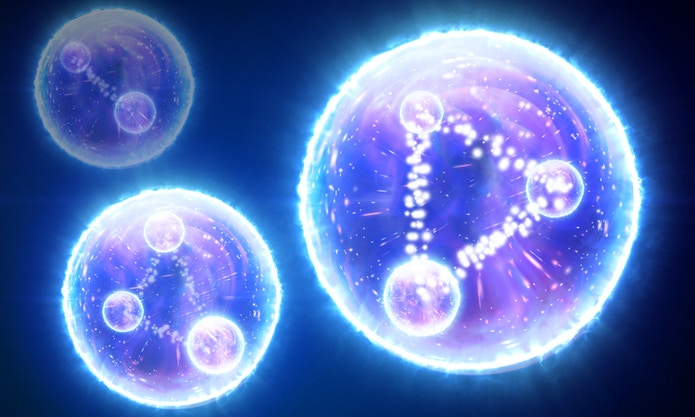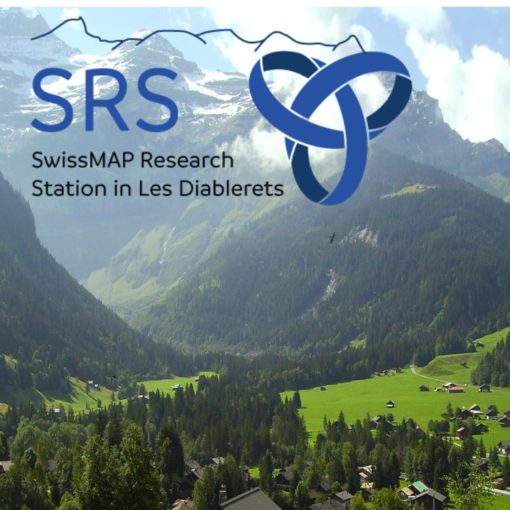October 11-13, 2021
Simons Center for Geometry and Physics (Stony Brook, NY), International Centre for Mathematical Sciences (Edinburgh, UK), and Cyberspace
Videos are available on the SCGP video repository.
If you are interested in attending this event from cyberspace you are welcome! Please register here
Schedule
Indicated times are New York / Edinburgh. The program for the event with title and abstracts can be found below.
MONDAY
9 / 14 Welcome and Introduction (Teleman, Del Zotto)
9:30 / 14:30 Discussion: What is QFT? (Freed, Seiberg)
10:30 / 15:30 Coffee
11 / 16 Scheimbauer (Zoom)
12 / 17 Kitaev (live SCGP)
1 Lunch / 18 Dinner
2:30 / 19:30 Hopkins (live SCGP)
3:30 Tea / 20:30 Scottish Tea
4 / 21 Kapustin (Zoom)
5 / 22 free/ad hoc/informal discussions
TUESDAY
9 / 14 Check-in with ICMS, free discussion
9:30 / 14:30 García Etxebarria (live ICMS)
10:30 / 15:30 Coffee
11 / 16 Plavnik (live SCGP)
12 / 17 Xiao-Gan Wen (Zoom)
1 Lunch / 18 Dinner
2:30 / 19:30 Discussion: Non-invertible symmetries (Komargodski, Ohmori, Shao,Thorngren)
3:30 Tea / 20:30 Scottish Tea
4 / 21 Gaiotto (Zoom)
5 / 22 free/informal/ad hoc discussion
WEDNESDAY
9 / 14 Check-in with ICMS
9:30 / 14:30 Discussion: Perspectives on gauge theories (Moore, Nekrasov)
10:30 / 15:30 Coffee
11 / 16 Schäfer-Nameki (live ICMS)
12 / 17 Cordova/Dumitrescu (live SCGP)
1 / 18 Closing remarks, Lunch/Dinner, and Goodbyes
Program
Discussion sessions
What is quantum field theory? – Dan Freed and Nathan Seiberg
Non-invertible symmetries – Zohar Komargodski, Kantaro Ohmori, Shu-Heng Shao, and Ryan Thorngren
Perspectives on gauge theories – Greg Moore and Nikita Nekrasov
Guest Lectures
Davide Gaiotto: Condensation of topological phases
I will review an higher-dimensional generalization of the notion of projector introduced in my work with Theo Johnson-Freyd.
Anton Kapustin: A local Noether theorem for quantum lattice systems and topological invariants of gapped states
In field theory, conserved currents have well-known ambiguities. Thanks to the Poincare lemma, these ambiguities are physically harmless. Similar issues arise for lattice systems, but have not been explored previously. I will explain some general results which both ensure the existence of local currents on a lattice and describe the corresponding ambiguities. A starring role in this problem is played by a certain 1-shifted differential graded Lie algebra attached to a quantum lattice system. A similar 1-shifted DG Lie algebra can also be attached to any gapped state of a quantum lattice system. I explain how to use this algebraic structure to extract a topological invariant out of a gaped state of a 2d lattice system invariant under a U(1) symmetry. This invariant is the zero-temperature Hall conductance. This is joint work with Nikita Sopenko.
Alexei Kitaev: Short-range entangled quantum states.
This ongoing work aims to understand topological properties of ground states of gapped lattice Hamiltonians. In the special case of free-fermion systems, the homotopy type of the space of states is given by a shifted K or KO spectrum (depending on imposed symmetry). I will consider more general short-range entangled states, focusing on Bose systems with no symmetry. By definition, short-range entangled states are “r-constructible” and “(2r,epsilon)-pure”, where r is some length characterizing the extent of entanglement and epsilon is an error parameter. Some important properties include invertibility (i.e. the existence of an “anti-state”), gluing, and error reduction. Using this toolkit, one can, hopefully, show that the space of short-range entangled states is an Omega-spectrum.
Sakura Schäfer-Nameki: Generalized Symmetries in 5d and 6d
I will give an overview of recent developments in 5d and 6d superconformal field theories, describing their higher-form symmetries, as we all as higher-group structures.
Most of the analysis will be based on the geometric realization of these field theories in M-theory or F-theory on canonical three-fold singularities, and we will discuss how the generalized symmetries are imprinted in the underlying geometry.
Xiao-Gan Wen: A categorical view of symmetry and a holographic view of symmetry
Symmetry are usually described by groups or higher groups. Here I will described a more general view of symmetry in terms of fusion higher category. Symmetries described by different groups and/or different fusion higher categories can be equivalent. There is an even better way to describe symmetries in terms of braided fusion higher category, ie in terms of topological order in one higher dimension. The equivalent symmetries will be described by the same braided fusion higher category (ie the same topological order in one higher dimension).
Lectures from our collaboration
Clay Córdova/Thomas Dumitrescu: Higher Symmetry in Gauge Theory
We will review a few of the many ways in which higher form and higher group symmetries arise in quantum field theory and how they can be used to analyze and organize renormalization group flows. For concreteness, we focus on non-supersymmetric gauge theory examples in four dimensions. In addition to recent progress, we will also highlight some open problems of possible mathematical and physical interest.
Iñaki García Etxebarria: Categorical Symmetries and String Theory
String theory provides a way to associate field theories to singular geometries. The resulting class of theories is very rich but the individual theories are often poorly understood, and in particular we generically don’t know how to define them starting from a Lagrangian. In this talk I will review part of what we know about deriving the symmetry structure of this class of theories from the geometry of their string theory construction.
Mike Hopkins: Topology and quantum field theory
Julia Plavnik: Gauging, condensation and zesting as quantum symmetries
In this talk, we will present the zesting construction for modular categories. Zesting was first introduced in 2012 and further developed for applications to fermionic theories in 2016. We will give some examples and properties of this construction and compare it with other constructions of modular categories like gauging and condensation.
Claudia Scheimbauer: Higher categorical tools for defects and boundary theories
Nowadays we have many mathematical tools, ie higher categorical, tools to construct and study TQFTs, boundary and defect theories (coupling). In this talk we will give an overview of the state of the art and discuss applications to various examples, such as Reshetikin-Turaev/Chern-Simons theory and lattice field theory and gauge theory.
Curators: Michele Del Zotto, Thomas Dumitrescu, David Jordan, Constantin Teleman




